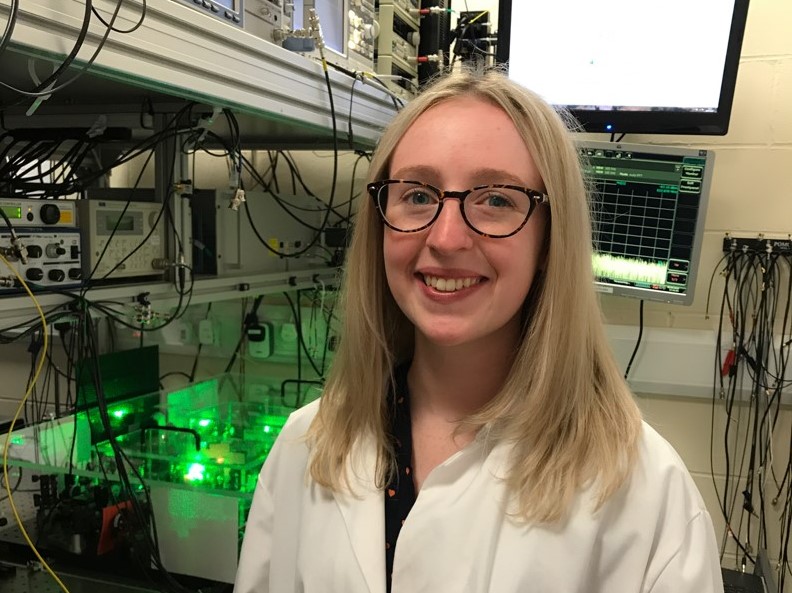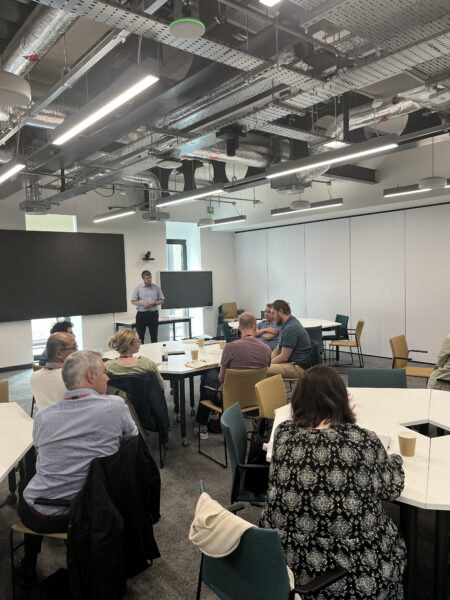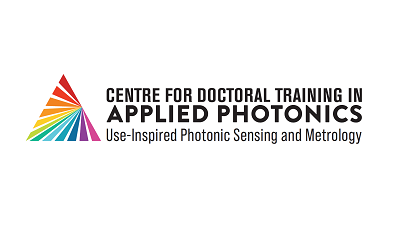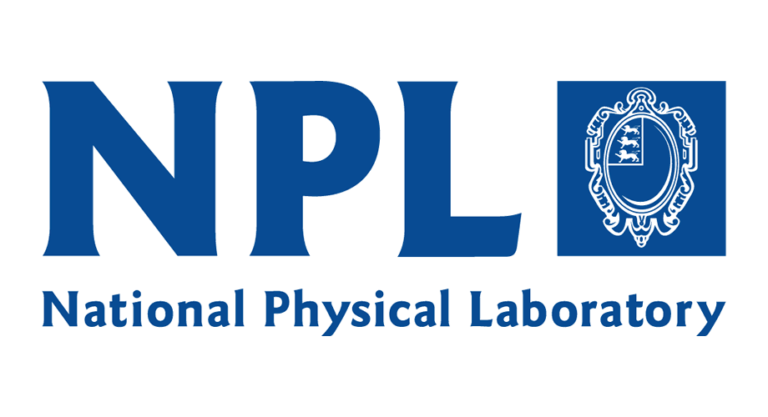Profile: CDT Alumna Dr Hollie Wright
Enrolled 2016, Renishaw/Heriot-Watt University
Enrolling with the Centre for Doctoral Training in Applied Photonics was the best career decision I could have made. At the time, I had recently completed my undergraduate degree in physics, and I dreamt of using my new skills to make my own contribution to physics. I didn’t know it at the time, but the CDT programme would give me the opportunity to do that.
For my EngD research, I was tasked with developing Dual-Comb Metrology for industrial applications. Publications had shown Dual-Comb Metrology was a powerful optical metrology technique with the potential to fill the existing gap in the optical metrology market. Unfortunately, the technique was quite intricate and required complex laser sources, so it was yet to make the transition from the lab to an industry tool. We developed a variation on the technique which was simpler and reduced the requirements placed on the laser sources. With these reduced requirements on the laser sources, we were able to develop compact and robust lasers which were ideal for use in industrial environments. With the simplifications we made to the metrology technique, we could forgo the conventional data collection – which required digitization at >100 MSa/s – instead, opting to collect the data with a cheap Arduino microcontroller. This ultra-efficient data collection offered the same levels of measurement precision but significantly reduced the data burden. Further, the efficiency of the technique enabled real-time measurements which is rarely possible in dual-comb techniques.
The technology is protected by a shared patent between Heriot-Watt University and Renishaw. Although I’ve now finished my EngD, Renishaw has provided further funding so that I can continue my work. I’m currently developing new capabilities, such as multi-target ranging and pose measurements. Meanwhile, a team at Renishaw are working on reproducing my EngD results in an industrial prototype. I’m really excited Renishaw has chosen to continue investing in this research. In physics it is common to wait years (even decades) before research receives industrial interest; but the CDT system of partnering students with industry sponsors means my research already has a route to commercialisation. The unique partnership enabled by the CDT system has allowed me to gain experience in both academia and industry. I have contributed to Renishaw’s knowledge base and benefitted from their know-how; but I have also been able to share my work with the optics community through publications and conference presentations. I’m proud of the work I have done, and I feel satisfied that I achieved my goal of making an original contribution to the photonics field.
There have been many other advantages to training through the CDT. As well as conducting PhD-level research, we completed taught courses in a variety of subjects including electronics, marketing, project management, science communication and intellectual property management. These are subjects I was unlikely to have pursued on my own, yet I now see how much I have benefitted from this broad training. Furthermore, by being involved with the CDT I have benefitted from opportunities which otherwise would not have been available to me. For example, I was able to join the Women in Science and Engineering Campaign as a member of their Young Professional’s Board. This position gave me an opportunity to contribute to gender parity in STEM, while also giving me valuable experience of sitting on a professional board.
Overall, I am very grateful for the CDT and the opportunities for success it opened to me. I think the training and experience I received has been excellent preparation for my future career. I would recommend the programme to anyone interested in a career in photonics.













